Library
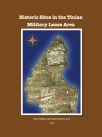
Historic Sites in the Tinian Military Lease Area
North Field on the island of Tinian was designated a National Historic Landmark (NHL) in 1984. The North Field NHL includes numerous resources associated with the history of North Field, including the invasion landing beaches, airfield runways and taxiways, Japanese military buildings and air apron, and atomic bomb loading pits, among others. In addition, numerous archaeological sites and military features in the vicinity have been identified as eligible for the National Register of Historic Places. This booklet describes these resources through the eyes of those who have been there and features generous illustrations highlighting this unique and culturally important site.
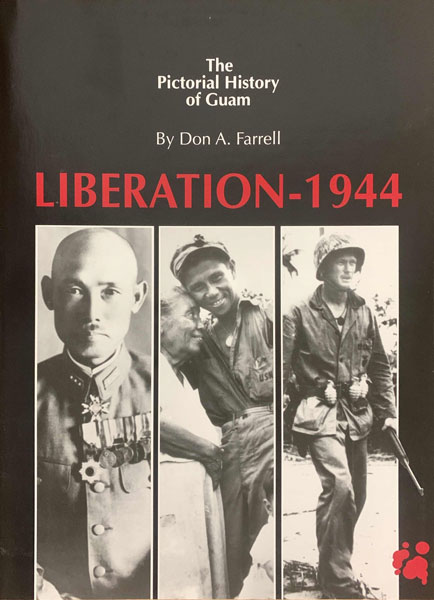
Liberation - 1944
This book details the American recapture of Guam from the Japanese forces, in July and August of 1944. Images ranging from the horrendous pre-invasion bombardment to the daily lives of the subjugated local population. The majority of Guam's populace were indigenous Chamorro, respectful of America, but protecting their ancient culture. They were trapped, innocent victims caught between a clash of titans.
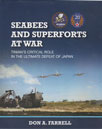
Seabees and Superforts at War
It was a miracle of construction. The Seabees were given until December to have at least one runway at the new Tinian North Field ready to receive B-29 Superfortresses. By December 21, 1944, the Seabees were chased off of Strip No. 1 to allow the first Superfortresses to land. While Seabees continued expanding North Field, the flyboys began delivering bombs from Tinian to Japan in what became known as “Empire Runs.” These Seabees and Superforts brought Japan to its knees. Then, two special Superforts taking off from Runway Able, delivered the knockout punch, bringing the Pacific War to an end.

Tinian and the Bomb
This is the story of a highly secret team of motivated scientists, soldiers and sailors who were deployed from Washington, D.C., the Los Alamos Laboratory (New Mexico), and Wendover Army Air Base (Utah) to North Field (Tinian) in the late spring of 1945 to assemble and to oversee the delivery of atomic bombs to Japan. Their efforts helped bring the Pacific War to its successful conclusion and provided for a lasting peace in the Pacific. They have never received the credit they deserve for the job they did on a distant and isolated island-airbase in the Western Pacific at the peak of the War in the Pacific.
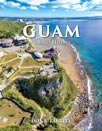
Guam, a Brief History
Guam, a Brief History, 2nd Edition, is a compelling 112-page booklet reviewing the history of Guam from volcanic origin to modern day civilian and military development. The easily readable script is brought to life through 300 black-and-white historical photographs and 100 full-color photographs, maps and illustrations. These historical pages are wrapped in a full-color, hard-paper cover featuring a beautiful view of Tumon Bay from Puntan Dos Amantes (Two Lovers Point) on the front and the historic Guam Emblem on the back.
Subjects covered include, among others: Marianas Prehistory, Spanish Administration, the Americanization of Guam, the Sacrifice, the Japanese Occupation, the Recapture, the Reconstruction, the Guam Combat Patrol, the Guam War Crimes Trials, Policial Reconstruction and Military Development after WWII.
With a suggested retail price of only $18.95, Guam, a Brief History is a bargain. The well-manufactured booklet will provide a pleasant dip into the amazing history of Guam with family and friends for years to come. It is a book of not only the changing face of Guam, but also the changing face of the people who have called it home for thousands of years – the CHamoru. Guam, a Brief History can be mailed anywhere in America by U.S. postage.
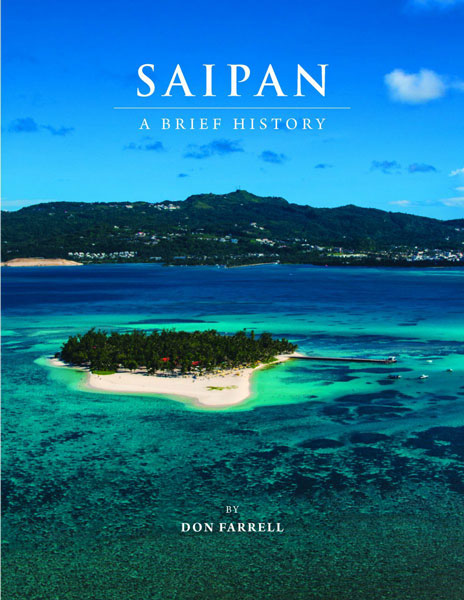
Saipan: A Brief History
This well-made 112-page booklet tells the history of Saipan, capitol island of the Commonwealth of the Northern Mariana Islands, in both text and illustrations. In a concise and accurate format, Marianas historian Don Farrell takes the reader from the roots of the indigenous Chamorros and Carolinians of Saipan, through their experiences with the Spanish, German and Japanese administrations to a graphic review of the island’s role during World War II. The last sections discuss the postwar Trust Territory of the Pacific Islands, and the birth and growth of the Commonwealth. The last sixteen pages provide a full-color representation of Saipan today, featuring not only island dignitaries but also the beauty of the island and its people.
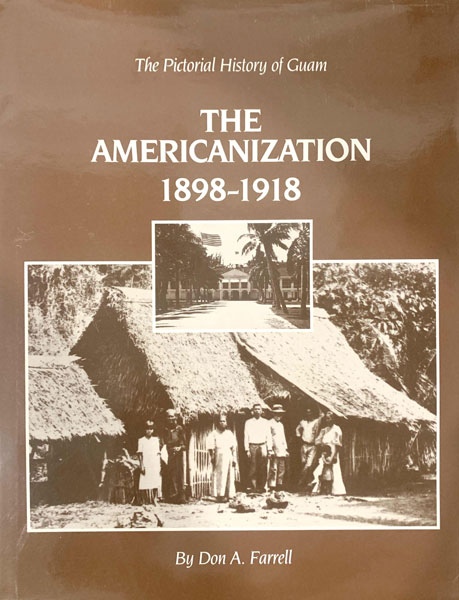
The Americanization of Guam
The Chamorro civilization of the Mariana Islands had flourished without external influence for over 4,000 years. Then, in the sixteenth century, the isolation of this pristine Pacific paradise was shattered by the expanding Spanish empire. In the succeeding generations, the islands's Chamorro culture was infused with Spanish Catholicism, and the rebellious male population, fighting to preserve their ancient lifestyle, was virtually annihilated. The Americanization of Guam, first in the Pictorial History of Guam series, tells the story of the first 20 years of the American Naval Administration of Guam.

The Sacrifice 1919-1943
This volume outlines the years between the two world wars. It is the story of how the Chamorro and the American military personnel utilized the annual budget of Naval Station Guam to slowly but steadily increase the quality of life on the island. It is also the much larger story of how Guam was used as a pawn of American foreign policy during a period of international turmoil. It details how an innocent and fiercely loyal community of American subjects were sacrificed to the enemy. And it is the story of how the Chamorro sacrificed everything they had to survive the Japanese occupation.
